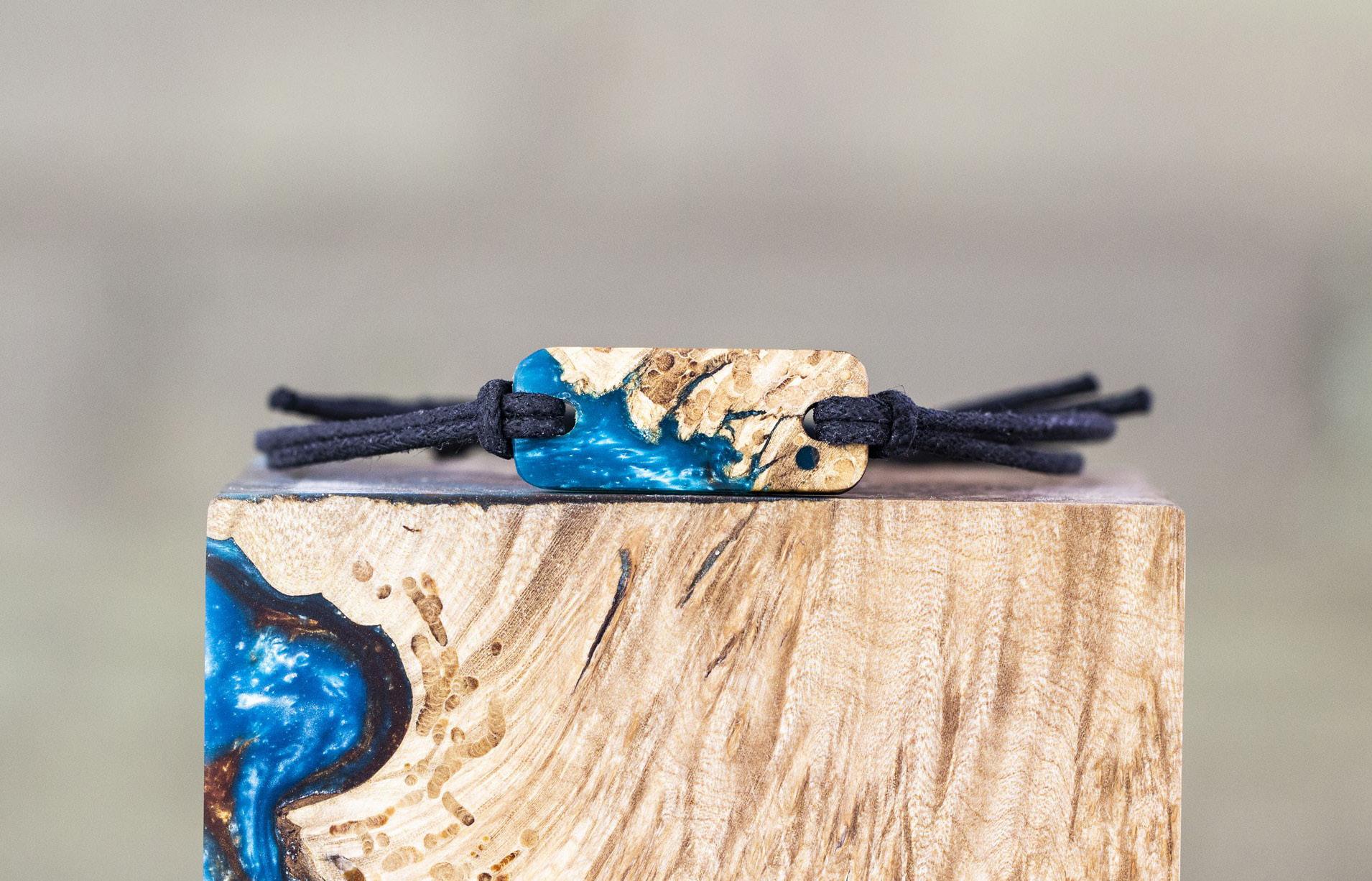
2 minute read
ADOPTION PLAN & DESIGN STORY
It is important that any product released under Raga is moulded in the Raga design codes and interpreted to accommodate for current trends. However, if the design process ended with just this having been done, the product would seem lifeless and uninteresting. It is in recognition of this fact that companies like Titan have identified a solution to bring freshness to what would otherwise seem like a meaningless commodity. That solution is a Design Story. One might wonder as to what a ‘Design Story’ is and how it might differ from any other kind of story and why storytelling is useful in business at all.
In his book, The Storytelling Animal, Jonathan Gottschall talks about how stories come naturally to us - we understand the world through stories. In recognition for how powerful storytelling can be, companies like Titan use storytelling to talk about how their products fit within the larger scheme of socio-cultural trends that take place in the country. Thus, a Design Story is a tool used to tie design strategy and product development to the broader social cultural currents in the country. The way in which a Design Story differentiates from any other form of advertising is that advertising usually looks at how you can tie a product to cultural context after the product has been developed. An example of this is how Coca Cola is advertised in different countries without changing the essence of the core product - it still tastes the same everywhere. However, exercises like these become much more meaningful if the storytelling angle is embedded early in the design process to change product development outcomes. This what a design story does. Design Stories crafted by the design team become marketing campaigns when the product is released.
Advertisement
For this line of products, it was necessary to think of how a design effort could serve the business goal of creating new and younger users. While one approach was to create collections within the raga brand it was highly divisive in nature and didn’t help the effort of trying to create homogeneity within Titan. Could Raga instead create the same set of products that would work across the age gap? An interesting insight from user research was that younger people often walk into the World of Titan stores to pick up something as a gift for their mothers (or for other elder folk). Younger women respected the Raga brand, but were unable to find anything for themselves in the stores. It was this line of thought that was explored as a Design Story that would capture an evolving relationship dynamic between mothers and daughters.
When speaking to users, it was noted that mothers and daughters would do small things together. They would go for shopping, and even take appointments for hair spas together. In several cases, the kind of outfits that were worn were by both mothers and daughters were from the same brands. They would sometimes dress alike and mothers would often get compliments of how they looked younger. Daughters would also urge their mothers to stay fit and in some cases, mothers and daughters made a strong enterprise together. Thus, could we now use this information to make a set of products that would expand on this relationship dynamic?
Figure 178. Titan 2018 Moodboard Figure 179. Titan 2018 Moodboard












